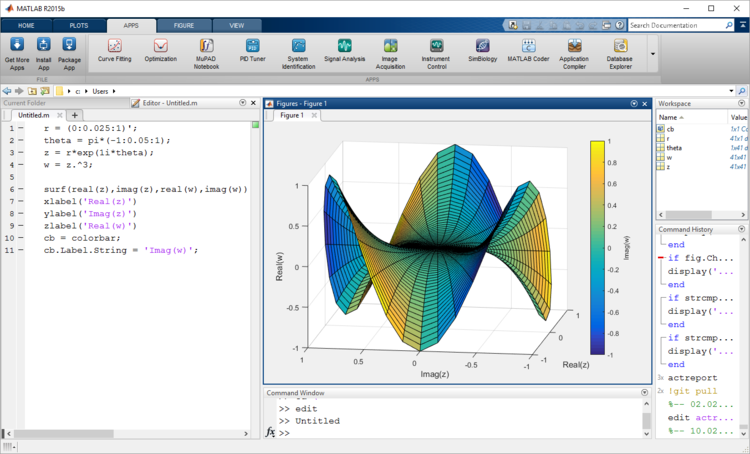When the world’s engineers, scientists, and students logged in to MATLAB on May 18, 2025, many were met with silence—a digital void where powerful tools once lived. What began as a vague “issue with multiple applications” on MathWorks’ status page soon spiraled into a full-blown crisis, culminating in the company’s confirmation of a ransomware attack that left much of the global STEM community stranded.
The anatomy of the outage
For over a week, MathWorks, the Massachusetts-based powerhouse behind MATLAB and Simulink, scrambled to contain the fallout. The attack crippled not just front-facing services but also critical backend infrastructure: licensing servers, online applications, the File Exchange, and even internal systems used by staff. The outage was so severe that, at its peak, most users could not start MATLAB, install toolboxes, or access key cloud features.
The Licensing Center—vital for verifying paid licenses and enabling access—was among the hardest hit, leaving commercial clients and academic users in limbo. For many organizations, especially those relying on MathWorks’ cloud-based licensing, the inability to authenticate meant project delays and missed deadlines. “Our company’s struggle to acquire new paid-for licenses was really hampering our projects,” one IT manager told The Register.
The human cost: commercial and academic fallout
The timing couldn’t have been worse. The outage struck at the height of the academic exam season, leaving thousands of students unable to submit theses or complete assessments. MATLAB Online, now a staple in classrooms from grade school to university, was inaccessible to entire cohorts. On Reddit and other forums, students voiced frustration, with some admitting they turned to pirated versions of MATLAB just to keep their academic careers on track.
“I am done with MATLAB’s lack of explanation, so I just pirated it. I do have a genuine license, and since they can’t deliver the service I rightfully paid, I am going to pirate the hell out of it,” wrote one user, echoing a sentiment that rippled through the community.
Commercial clients, particularly those with their own on-premises license servers, were somewhat insulated. But for the growing number of organizations and individuals dependent on MathWorks’ cloud-based services, the outage was a stark reminder of the risks inherent in SaaS models—especially when single points of failure are targeted by cybercriminals.
The company’s response—and the gaps
MathWorks’ public communications during the crisis drew criticism. While the company issued regular status updates, users complained that these offered little actionable information until the ransomware attack was finally acknowledged days after the initial disruptions. The company confirmed it had notified federal law enforcement and was working with cybersecurity experts, but details remained scarce: the identity of the attackers, the nature of the breach, and whether customer data was compromised all went unaddressed.
As of May 27, many services had been restored, but the Licensing Center and other backend systems were still limping back to full functionality. The company’s silence on whether a ransom was paid, or if negotiations were ongoing, only deepened the uncertainty.
Lessons for the cybersecurity community
The MathWorks incident is a case study in the cascading effects of ransomware on critical digital infrastructure. It highlights several key takeaways for cybersecurity professionals and organizations:
- Single Points of Failure: Centralized licensing and authentication systems, while convenient, become high-value targets for attackers. Organizations must assess the resilience of these systems and consider hybrid or redundant solutions.
- Communication During Crisis: Transparent, timely, and actionable communication is essential to maintain trust and help users mitigate the impact of outages.
- Academic Vulnerability: The growing dependence of educational institutions on cloud-based tools exposes students to risks beyond their control, raising questions about contingency planning and digital equity.
- Piracy as a Symptom: When legitimate access is blocked, even licensed users may resort to unauthorized means, inadvertently increasing their own exposure to malware and further complicating the security landscape.
As MathWorks continues its recovery, the incident serves as a wake-up call for the entire software industry. In a world where digital tools underpin everything from aerospace engineering to undergraduate research, the stakes of cyber resilience have never been higher. The MathWorks ransomware attack is not just a story of disruption—it’s a blueprint for the next wave of cybersecurity challenges facing the global knowledge economy.
